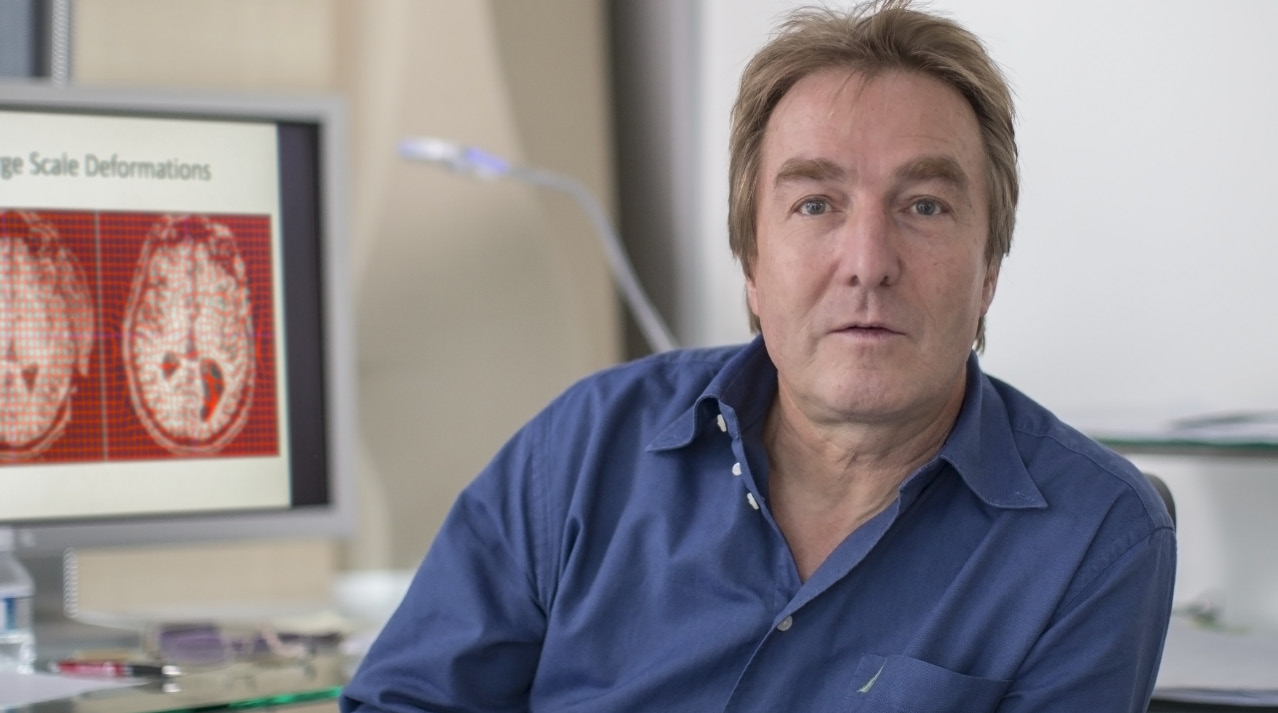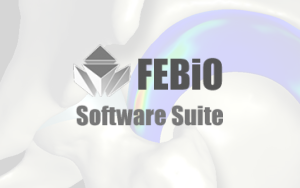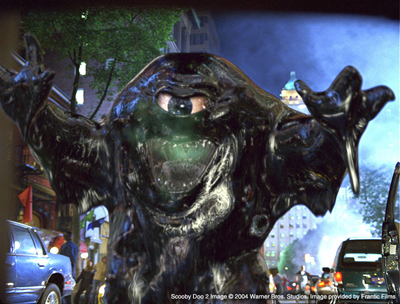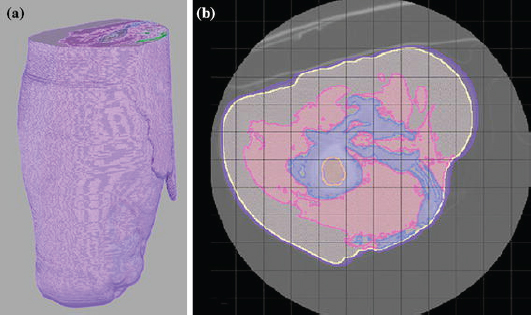Simulation of Electric Stimulation for Bone Growth
Subject Specific, Multiscale Simulation of Electrophysiology
|
A "typical" workflow that applies to many problems in biomedical simulation contains the following elements: (i) Image acquisition and processing for a tissue, organ or region of interest (imaging and image processing), (ii) Identification of structures, tissues, cells or organelles within the images(image processing and segmentation), (iii) Fitting of geometric surfaces to the boundaries between structures and regions (geometric modelling), (iv) Generation of three-dimensional volume mesh from hexahedra or tetrahedra (meshing), and (v) Application of tissue parameters and boundary conditions and computation of spatial distribution of scalar, vector or tensor quantities of interest (simulation). |
Solving Mysteries of Autism via The Power of Collaboration
Dr. Guido Gerig Early-Brain Development Research Reveals Vibrant Clues
By Peta Owens-Liston
 |
| Dr. Guido Gerig |
Pencil in hand, Gerig fills three pages with a whirl of sketches as he explains how his imaging work illuminates clinical findings in his research involving early brain development, and more specifically autism. The sketches fade to stick figure-status as Gerig jumps back and forth between the paper and the color-exploding images on his computer screen. Vivid and seemingly pulsating with life, the brain-development images are a result of thousands of highly precise, quantifiable measurements never before captured visually.
MRL Releases FEBio 1.0 Software Suite
 The Scientific Computing and Imaging Institute and the Musculoskeletal Research Laboratories are proud to announce the 1.0 release of the software FEBio, "Finite Elements for Biomechanics". FEBio is a nonlinear finite element software package that is specifically designed to address problems in computational biomechanics. Some of the features of note include capabilities for contact, rigid bodies and kinematic joints, nonlinear anisotropic constitutive models, simulation of active contraction, poroelasticity, element formulations for nearly-incompressible materials and parallel solution of the linear system of equations. After extensive testing in our lab and with our collaborators, we are happy to offer this free software to the research community. FEBio is currently available for WindowsXP, MacOS/X, Suse Linux (64 bit Opteron/Athlon64) and SGI Altix (64 bit Itanium2). We would be happy to port FEBio to other Unix/Linux platforms. The FEBio distribution includes the User's Manual, Theory Manual and several test problems to verify proper operation.
The Scientific Computing and Imaging Institute and the Musculoskeletal Research Laboratories are proud to announce the 1.0 release of the software FEBio, "Finite Elements for Biomechanics". FEBio is a nonlinear finite element software package that is specifically designed to address problems in computational biomechanics. Some of the features of note include capabilities for contact, rigid bodies and kinematic joints, nonlinear anisotropic constitutive models, simulation of active contraction, poroelasticity, element formulations for nearly-incompressible materials and parallel solution of the linear system of equations. After extensive testing in our lab and with our collaborators, we are happy to offer this free software to the research community. FEBio is currently available for WindowsXP, MacOS/X, Suse Linux (64 bit Opteron/Athlon64) and SGI Altix (64 bit Itanium2). We would be happy to port FEBio to other Unix/Linux platforms. The FEBio distribution includes the User's Manual, Theory Manual and several test problems to verify proper operation.
Level-Set Metamorphosis Goes Hollywood

